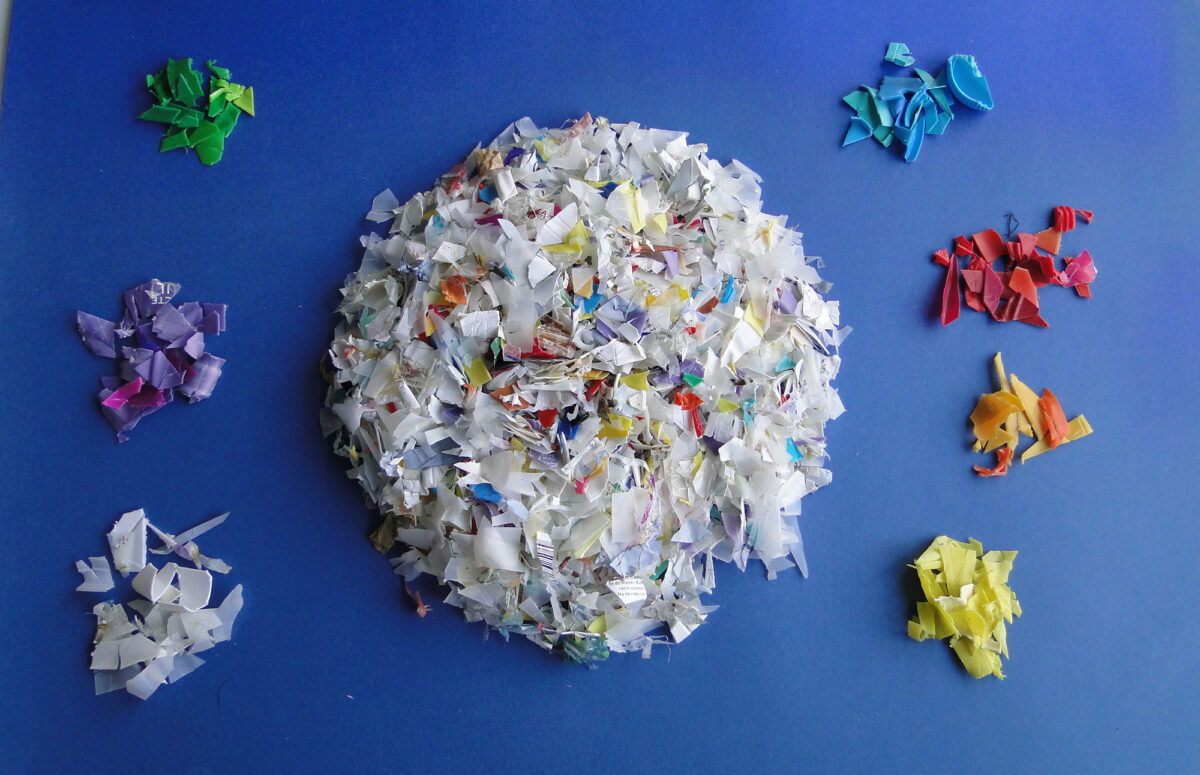Microplastics Recycling Is on Track for 6.3 Percent CAGR

Technology advances, regulations and public awareness are driving market growth
The next plastics recycling market to experience strong global growth will be microplastics. A report from Polaris Market Research and Consulting, of New York City, forecasts that the market will grow to around $417 million in 2032 from $227 million in 2022—a compound annual growth rate of 6.3 percent.
Microplastics are a relatively recent environmental and health concern—the word, in fact, wasn’t coined until 2004. Measuring less than 5mm (0.20 inch) in length, they are generated by many factors, notably, poor plastics disposal, breakdown of large pieces of plastics litter on land and in the oceans, waste microfibers, microbeads and resin pellets (or nurdles), and even flushing the water used in recycling operations that carries microplastics residue.
Demands Grow for Microplastics Recycling
The report, whose lengthy title can be abbreviated as “Microplastic Recycling,” attributes much of the projected growth to heightened demand for effective microplastics recycling. Factors behind this include a rise in recovery and recycling technologies, as business, local and national governments and consumers seek reductions in the volume of plastics that typically end up in landfills, oceans and other natural environments.
The report adds that rising demand for recycling will also be influenced by the fact that microplastics pollution is an escalating worry due to its probable influence on health and the environment.
Another factor will be increasing government restrictions on disposal of microplastics waste, growing environmental awareness, technological advances in recovery and recycling and broad use of microplastics in large-volume markets such as packaging, building and construction, and textiles as producers seek to reduce environmental burdens on their products.
Recycling microplastics is not only environmentally viable, the report states, but has economic advantages for businesses. Firms can lessen production expenditures by reusing microplastics in many products, rather than virgin or virgin/recycled plastics.
Europe Will Lead in Microplastics Recycling
Europe is expected to have the largest microplastics recycling market share in 2032, due to restrictions by the European Union on single-use plastics and better waste management. The EU promotes a sustainable economy through initiatives such as the Circular Economy package, which seeks to encourage recycling, reduce waste creation and promote greater use of recycled materials.
Earlier this year, as an example, the EU funded the Remedies project to the tune of some $8.8 million. The project set an ambitious goal of collecting more than 400 tons of microplastics waste. Remedies seeks to address microplastics pollution in Mediterranean regions by developing advanced systems for recycling, collecting, monitoring and converting the extracted waste into new products. The primary objective of the project is to establish a sustainable model that effectively mitigates the impact of microplastics.
